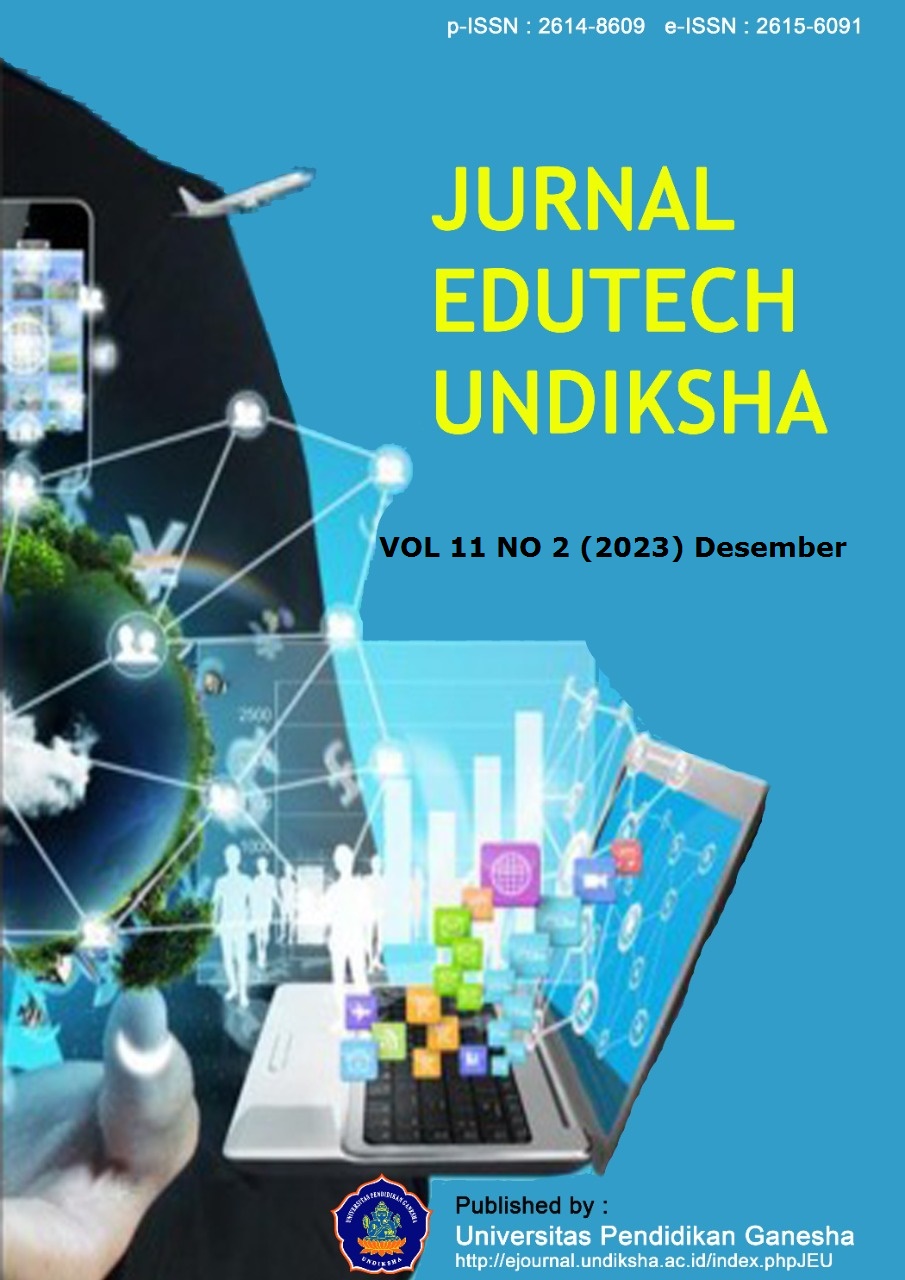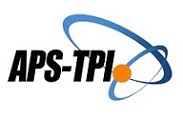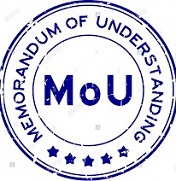Increasing Fifth Grade Students' Learning Motivation Through Learning Modules Containing Augmented Reality
DOI:
https://doi.org/10.23887/jeu.v11i2.59826Keywords:
Learning Modules, Augmented Reality, Learning Motivation, Respiratory SystemAbstract
The use of technology in learning activities in the field still needs to be improved. It must align with current developments prioritizing digital living using mobile and responsive educational applications. This research aims to create a learning module containing augmented reality on the human and animal respiratory systems to increase the learning motivation of fifth-grade elementary school students. This research is a type of development research using the ADDIE development model. The data collection method was a questionnaire with a rating scale instrument. The data analysis methods used are descriptive qualitative, quantitative, and inferential statistics. The results of this research show that the module developed is valid with a score of 0.95, obtaining a special index, practical with an average score of 66.07, including the very practical category, and is effectively used to increase the learning motivation of fifth-grade elementary school students with at count of more than 3,278. From the table, 1.729 with a purity of effectiveness 0.733 is classified as moderate. The learning module containing augmented reality makes it easier for students to understand information independently and can increase the learning motivation of fifth-grade elementary school students. This research implies that learning modules can help students learn independently and increase learning motivation to achieve learning goals well.
References
Andriani, R., & Rasto, R. (2019). Learning motivation as a determinant of student learning outcomes. Journal of Office Management Education, 4(1), 80. https://doi.org/10.17509/jpm.v4i1.14958. DOI: https://doi.org/10.17509/jpm.v4i1.14958
Andriyani, A., & Buliali, J.L. (2021). Development of Circle Learning Media Using Android-Based Augmented Reality for Deaf Students. Mathematics Didactic: Journal of Mathematics Education, 7(2), 170–185. https://doi.org/10.33654/math.v7i2.1353. DOI: https://doi.org/10.33654/math.v7i2.1353
Cahyadi, RAH (2019). Development of Teaching Materials Based on the Addie Model. Halaqa: Islamic Education Journal, 3(1), 35–42. https://doi.org/10.21070/halaqa.v3i1.2124. DOI: https://doi.org/10.21070/halaqa.v3i1.2124
Cai, S., Liu, E., Shen, Y., Liu, C., Li, S., & Shen, Y. (2020). Probability learning in mathematics using augmented reality: impact on students' learning gains and attitudes. Interactive Learning Environments, 28(5), 560–573. https://doi.org/10.1080/10494820.2019.1696839. DOI: https://doi.org/10.1080/10494820.2019.1696839
Dari, RTU, & Sudatha, IGW (2022). Efforts to Increase Student Enthusiasm for Learning through Discovery Learning Oriented E-Modules. Undiksha Edutech Journal, 10(2), 205–214. https://doi.org/10.23887/jeu.v10i1.43966. DOI: https://doi.org/10.23887/jeu.v10i1.43966
Daud, R.F. (2021). The Impact of Developments in Communication Technology on the Indonesian Language. Journal of Interaction: Journal of Communication Science, 5(2), 252–269. https://doi.org/10.30596/interaksi.v5i2.7539. DOI: https://doi.org/10.30596/interaksi.v5i2.7539
Degner, M., Moser, S., & Lewalter, D. (2022). Digital media in institutional informal learning places: A systematic literature review. Computers and Education Open, 3, 100068. https://doi.org/10.1016/j.caeo.2021.100068. DOI: https://doi.org/10.1016/j.caeo.2021.100068
Dinayusadewi, NP, & Agustika, GNS (2020). Development Of Augmented Reality Application As A Mathematics Learning Media In Elementary School Geometry Materials. Journal of Educational Technology, 4(2), 204. https://doi.org/10.23887/jet.v4i2.25372. DOI: https://doi.org/10.23887/jet.v4i2.25372
Fahyuni, E.F. (2017). Textbook of Technology and Communication. UMSIDA PRESS.
Fatmawati, L., Pratiwi, RD, & Erviana, VY (2018). Development of a Multicultural Education Module Based on the Character of Love for the Homeland and Nationalism in Thematic Learning. Scholaria: Journal of Education and Culture, 8(1), 80–92. https://doi.org/10.24246/j.js.2018.v8.i1.p80-92. DOI: https://doi.org/10.24246/j.js.2018.v8.i1.p80-92
Febrianti, KV, Bakri, F., & Nasbey, H. (2017). Development of a Digital Physics Module Based on Discovery Learning on the Subject of Kinematics of Rectilinear Motion. WaPFi (Physics Education Forum), 2(2), 18. https://doi.org/10.17509/wapfi.v2i2.8273. DOI: https://doi.org/10.17509/wapfi.v2i2.8273
Fidan, M., & Tuncel, M. (2019). Integrating augmented reality into problem based learning: The effects on learning achievement and attitude in physics education. Computers & Education, 142, 103635. https://doi.org/10.1016/j.compedu.2019.103635. DOI: https://doi.org/10.1016/j.compedu.2019.103635
Handayani, F., & Prasetyo, DE (2022). Public Speaking Module to English Students Based on Communicative Language Teaching Method. Journal of Educational Research and Development, 6(1), 145–151. https://doi.org/10.23887/jppp.v6i1.43371. DOI: https://doi.org/10.23887/jppp.v6i1.43371
Hartoto, M., Mulyono, D., & Syafutra, W. (2021). Development of athletic learning modules assisted by QR codes. Edu Sportivo: Indonesian Journal of Physical Education, 2(1), 51–60. https://doi.org/10.25299/es:ijope.2021.vol2(1).6567. DOI: https://doi.org/10.25299/es:ijope.2021.vol2(1).6567
Khoirunnisa, A., Nulhakim, L., & Syachruroji, A. (2020). Developing Problem Based Learning Modules for Heat Transfer Material for Science Subjects. Elementary Education Professions, 1(1), 25–36. https://doi.org/10.23917/ppd.v1i1.10559. DOI: https://doi.org/10.23917/ppd.v1i1.10559
Krismony, NPA, Parmiti, DP, & Japa, IGN (2020). Development of Assessment Instruments to Measure Elementary School Students' Learning Motivation. Scientific Journal of Teacher Professional Education, 3(2), 249. https://doi.org/10.23887/jippg.v3i2.28264. DOI: https://doi.org/10.23887/jippg.v3i2.28264
Laili, I., Ganefri, & Usmeldi. (2019). Effectiveness of Project Based Learning E-Module Development in Electric Motor Installation Subjects. Scientific Journal of Education and Learning, 3(3), 306–315. https://doi.org/10.23887/jipp.v3i3.21840.
Mufaridah, M., Santoso, S., & Madjdi, AH (2020). Development of a Thematic Learning Module for Class V Elementary School Based on Local Wisdom for Introduction to Rembang Sedan Culture. Journal of Educational Research and Development, 4(3), 500. https://doi.org/10.23887/jppp.v4i3.28488. DOI: https://doi.org/10.23887/jppp.v4i3.28488
Nirwanto, B.G., Murtono, M., & Fathurrohman, I. (2021). Augmented Reality Assisted Puzzle Media in Science Lesson Content on Ecosystem Themes. Undiksha Edutech Journal, 9(2), 275. https://doi.org/10.23887/jeu.v9i2.38503. DOI: https://doi.org/10.23887/jeu.v9i2.38503
Novalia, H., & Noer, SH (2019). Development of a Mathematics Learning Module Using the Pq4R Strategy to Improve the Creative Thinking Ability and Learning Independence of High School Students. Journal of Mathematics Research and Learning, 12(1). https://doi.org/10.30870/jppm.v12i1.4854. DOI: https://doi.org/10.30870/jppm.v12i1.4854
Nugraha, D. (2022). Development of Motion Graphic-Based Digital Media for Deepening Elementary School Social Sciences Material. Basicedu Journal, 6(3), 3649–3656. https://doi.org/10.31004/basicedu.v6i3.2642. DOI: https://doi.org/10.31004/basicedu.v6i3.2642
Puspasari, R. (2019). Development of a Graph Theory Compilation Textbook using the Addie Model. Journal of Medives : Journal of Mathematics Education IKIP Veteran Semarang, 3(1), 137. https://doi.org/10.31331/medivesveteran.v3i1.702. DOI: https://doi.org/10.31331/medivesveteran.v3i1.702
Rahmatullah, R., Syahril, S., & Abdullah, R. (2021). The Effectiveness of the Learning Module Cooperative Learning Student Facilitator and Explaining. Journal of Educational Technology, 5(1), 123. https://doi.org/10.23887/jet.v5i1.29954. DOI: https://doi.org/10.23887/jet.v5i1.29954
Ratna Ningsih, INISR (2020). The Use of Augmented Reality Cards to Improve Science Learning Outcomes About the Effect of Force on the Shape and Motion of Objects. Journal of Educational Technology, 4(3), 228. https://doi.org/10.23887/jet.v4i3.28528. DOI: https://doi.org/10.23887/jet.v4i3.28528
S. Sirate, SF, & Ramadhana, R. (2017). Development of Literacy Skills Based Learning Modules. Inspiring Education, 6(2), 316. https://doi.org/10.24252/ip.v6i2.5763. DOI: https://doi.org/10.24252/ip.v6i2.5763
Sawitri, E., Astiti, MS, & Fitriani, Y. (2019). Barriers and Challenges to Information and Communication Technology Based Learning. Proceedings of the National Seminar on Postgraduate Program Education at PGRI University, Palembang, 202–213.
Septora, R. (2017). Module Development Using a Scientific Approach in Class X High School. Lantern Journal, 2(1), 86–98. https://doi.org/10.24127/jlplppm.v2i1.494.
Setiyadi, MW (2017). Development of Biology Learning Modules Based on a Scientific Approach to Improve Student Learning Outcomes. Journal of Educational Science and Technology (EST), 3(2), 102. https://doi.org/10.26858/est.v3i2.3468. DOI: https://doi.org/10.26858/est.v3i2.3468
Simamora, AH, Sudarma, IK, & Prabawa, DGAP (2019). Development of Project-Based E-Modules for Photography Courses in the Department of Educational Technology, Faculty of Education, Undiksha. Journal of Educational Technology, 2(1), 51. https://doi.org/10.23887/jet.v2i1.13809. DOI: https://doi.org/10.23887/jet.v2i1.13809
Suastika, I. Ketut, & Rahmawati, A. (2019). Development of Mathematics Learning Modules Using a Contextual Approach. JPMI (Indonesian Journal of Mathematics Education), 4(2), 58. https://doi.org/10.26737/jpmi.v4i2.1230. DOI: https://doi.org/10.26737/jpmi.v4i2.1230
Triandini, W., Kosim, K., & Gunada, IW (2021). Development of a Physics Module Based on Guided Inquiry to Improve Students' Critical Thinking Abilities. ORBITA: Journal of Physics Education Studies, Innovations and Applications, 7(1), 90. https://doi.org/10.31764/orbita.v7i1.3953. DOI: https://doi.org/10.31764/orbita.v7i1.3953
Wannesia, B., Rahmawati, F., Azzahroh, F., Ramadan, FM, & Agustin, ME (2022). Independent Curriculum Learning Innovation in the Era of Society 5.0. Educational Research Media: Journal of Research in the Field of Education and Teaching, 16(2), 232–234. https://doi.org/10.26877/mpp.v16i2.13479. DOI: https://doi.org/10.26877/mpp.v16i2.13479
Windarti. (2015). Developing a Logic Learning Module Loaded with Character Education for Class X Students of SMK. Pythagoras: Journal of Mathematics Education, 10(1), 106–116. DOI: https://doi.org/10.21831/pg.v10i1.9117
Wulansari, EW, Kantun, S., & Suharso, P. (2018). Development of an Economic Learning E-Module on Capital Market Material for Class XI IPS MAN 1 Jember Students for the 2016/2017 Academic Year. JOURNAL OF ECONOMIC EDUCATION: Scientific Journal of Education, Economics and Social Sciences, 12(1), 1. https://doi.org/10.19184/jpe.v12i1.6463. DOI: https://doi.org/10.19184/jpe.v12i1.6463
Zulfarina, Z., Syafii, W., & Putri, DG (2021). E-Magazine Based on Augmented Reality Digestive as Digital Learning Media for Learning Interest. Journal of Educational Technology, 5(3), 417–424. https://doi.org/10.23887/jet.v5i3.36110. DOI: https://doi.org/10.23887/jet.v5i3.36110
Downloads
Published
How to Cite
Issue
Section
License
Copyright (c) 2023 Ratna Permata Sari Made

This work is licensed under a Creative Commons Attribution-ShareAlike 4.0 International License.
Authors who publish with the Jurnal Edutech Undiksha (JEU) agree to the following terms:
- Authors retain copyright and grant the journal the right of first publication with the work simultaneously licensed under an Attribution-ShareAlike 4.0 International (CC BY-SA 4.0) that allows others to share the work with an acknowledgment of the work's authorship and initial publication in this journal.
- Authors are able to enter into separate, additional contractual arrangements for the non-exclusive distribution of the journal's published version of the work (e.g., post it to an institutional repository or publish it in a book), with an acknowledgment of its initial publication in this journal.
- Authors are permitted and encouraged to post their work online (e.g., in institutional repositories or on their website) prior to and during the submission process, as it can lead to productive exchanges, as well as earlier and greater citation of published work. (See The Effect of Open Access)








